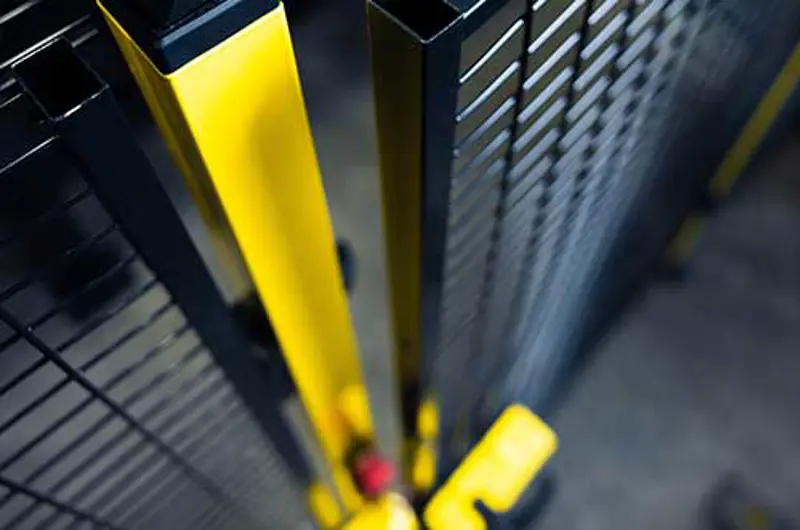-
Protections des machines

Protections des machines
Axelent est l'un des principaux fabricants de protections de machines sur le marché. Les systèmes complets que nous fournissons sont conformes aux directives et normes en vigueur.
-
Espaces industriels
Axelent est l'une des principales entreprise spécialisée en panneaux grillagés pour l'industrie et les espaces industriels.
Nos produits et systèmes offrent des solutions flexibles et rapides à toutes les étapes, de la préparation des plans à l'assemblage final du produit.
Cloisons amovibles et solutions de stockage
Cloisons anti-chutes
Gardes corps X-Rail
Rayonnage
-
Protection antichocs

Protection antichocs
Retrouvez notre gamme de produits de protections antichocs, Allant des poteaux antichos à mémoire de forme jusqu’aux barrières de protection piétons et encore plus.
-
Chemins de câbles
X-Tray Chemins de câbles
X-Tray est le système de gestion de câbles d'Axelent. Il dispose de la gamme la plus large du marché, tant en termes de matériau que de fonction. Depuis le 1er septembre 2022, X-Tray est produit, stocké et vendu par Axelent Wire Tray.
-
Habitats collectifs
Des solutions complètes pour vos propriétés
Nous proposons une large gamme de solutions de stockage. Avec Axelent, vous travaillez avec un fournisseur complet de solutions optimisées.
Systèmes de stockage






